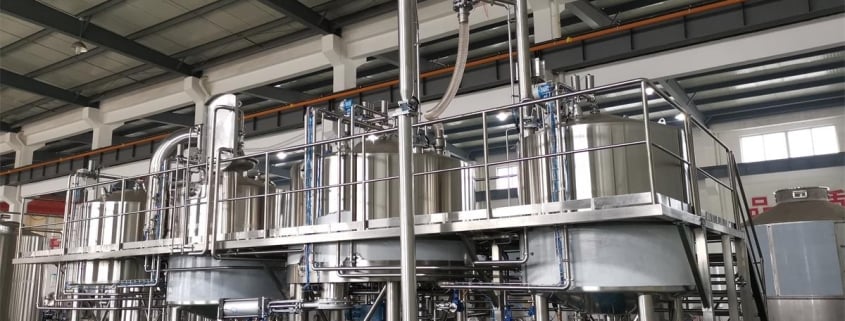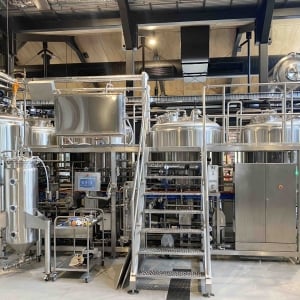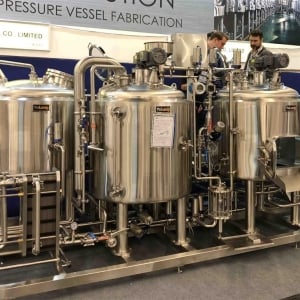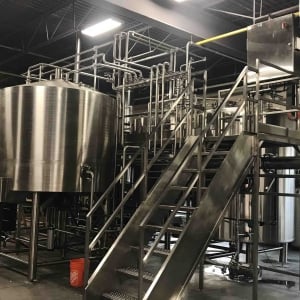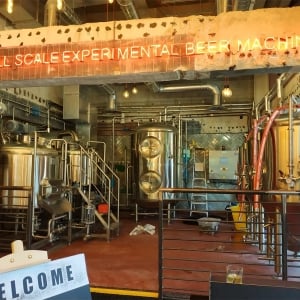Setting Up a Brewery: How to Choose the Right Pilot Brewing System
Are you thinking of setting up a brewery but have no idea how to choose the right pilot brewing system? With the craft beer industry on the rise, starting a brewery can be a profitable business venture. However, choosing the right pilot brewing system can be challenging, especially if you are new to the industry. In this article, we will guide you on how to choose the right pilot brewing system that suits your needs.
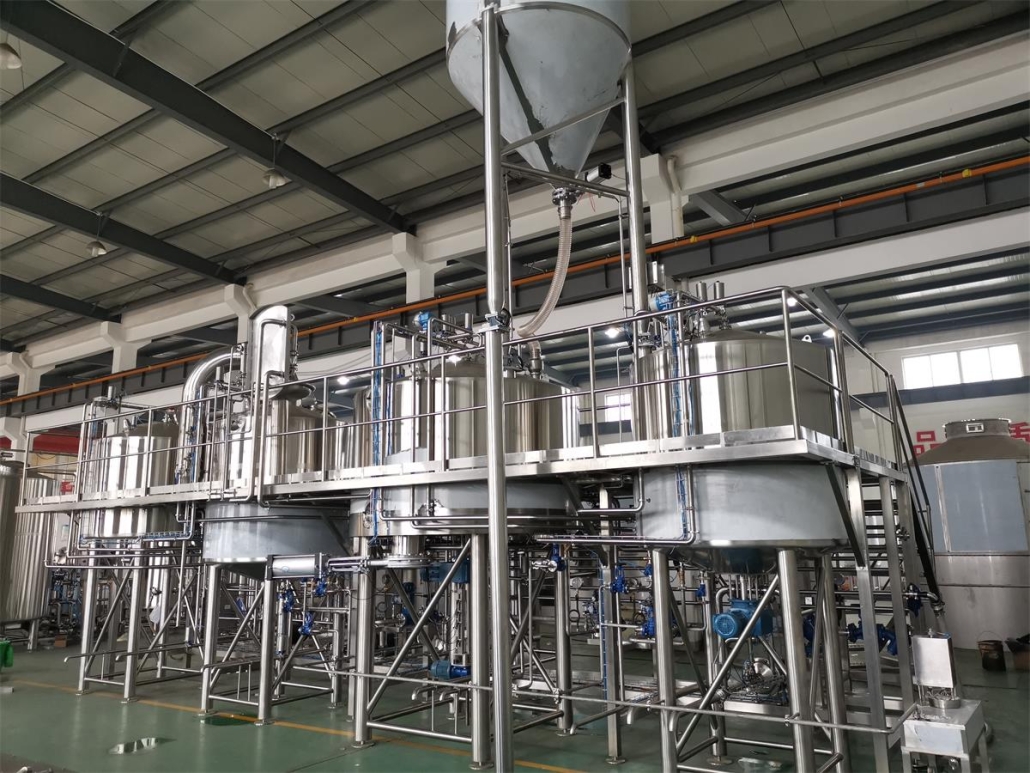
Introduction to Pilot Brewing System
A pilot brewing system is a small-scale brewing system that is used for testing and experimenting with different recipes. It is usually a 1-5 barrel system, which is perfect for small-batch brewing. A pilot brewing system is a great investment for any new or established brewery, as it allows you to test and refine your recipes before scaling up production.
Factors to Consider When Choosing a Pilot Brewing System
- Capacity: The capacity of a pilot brewing system is an essential factor to consider when choosing a system. You need to determine the amount of beer you want to produce per batch and the number of batches you want to produce per day.
- Quality of Construction: The quality of construction of a pilot brewing system is crucial, as it determines the durability and longevity of the system. It is essential to choose a system made of high-quality materials to avoid frequent breakdowns and repairs.
- Automation: The level of automation of a pilot brewing system is another factor to consider. A fully automated system will make the brewing process more efficient, saving you time and labor costs.
- Cost: The cost of a pilot brewing system is another critical factor to consider. You need to find a system that fits your budget without compromising on quality.
- Space: The amount of space available in your brewery is another factor to consider when choosing a pilot brewing system. You need to ensure that the system fits comfortably in your brewery without taking up too much space.
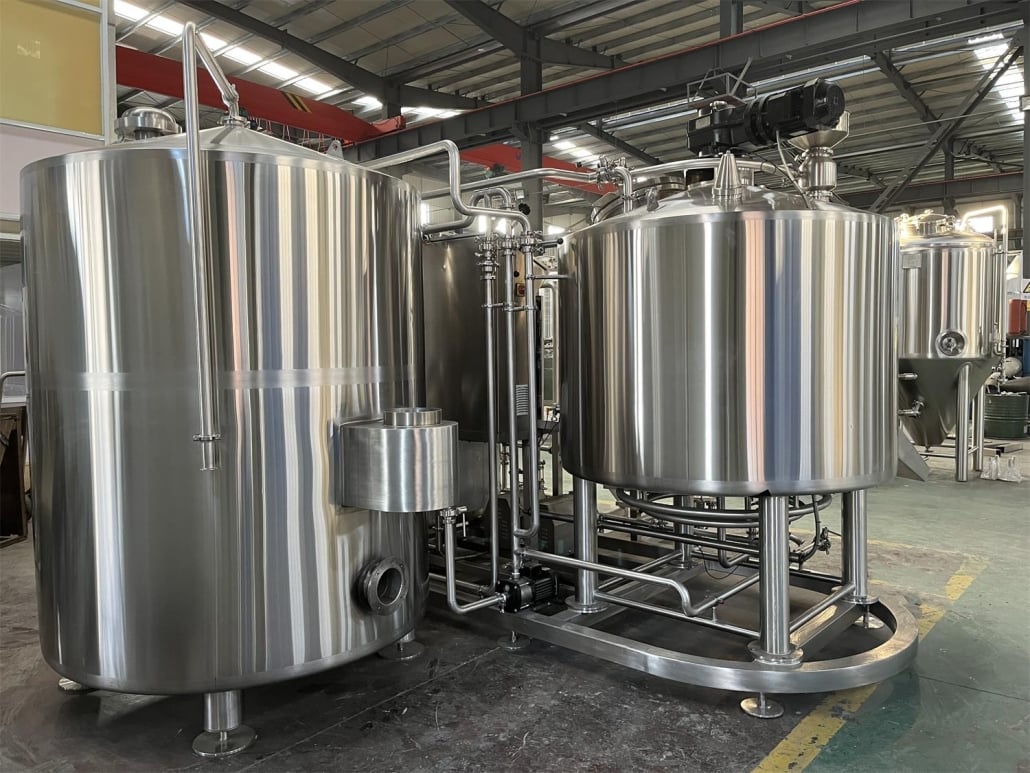
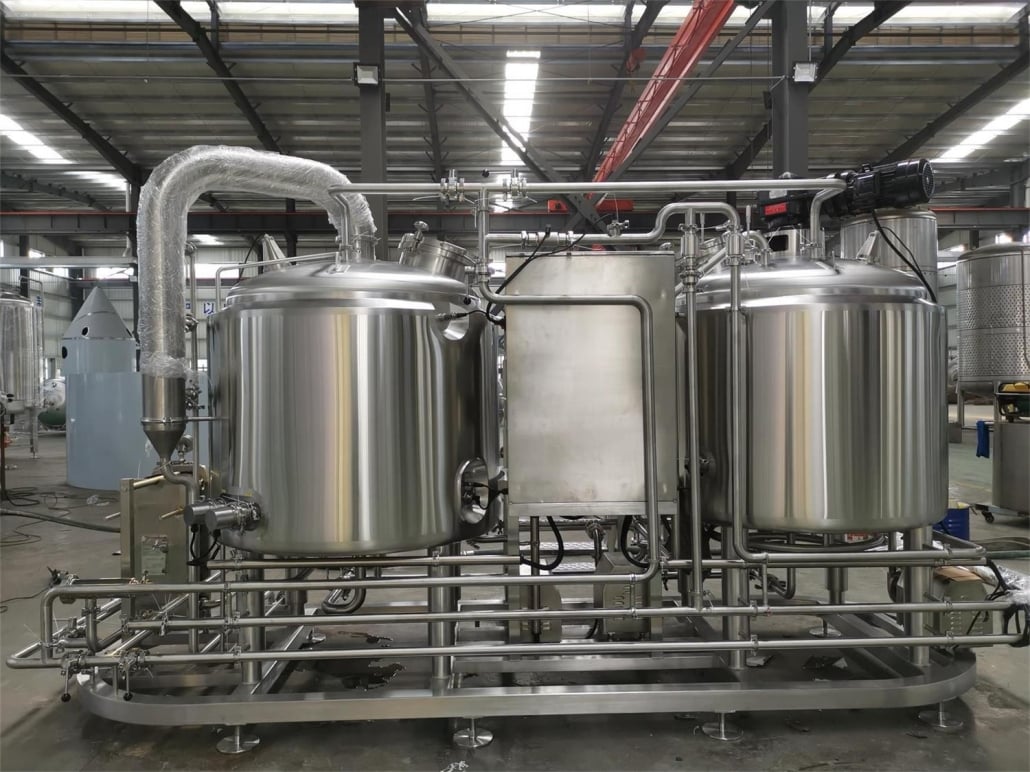
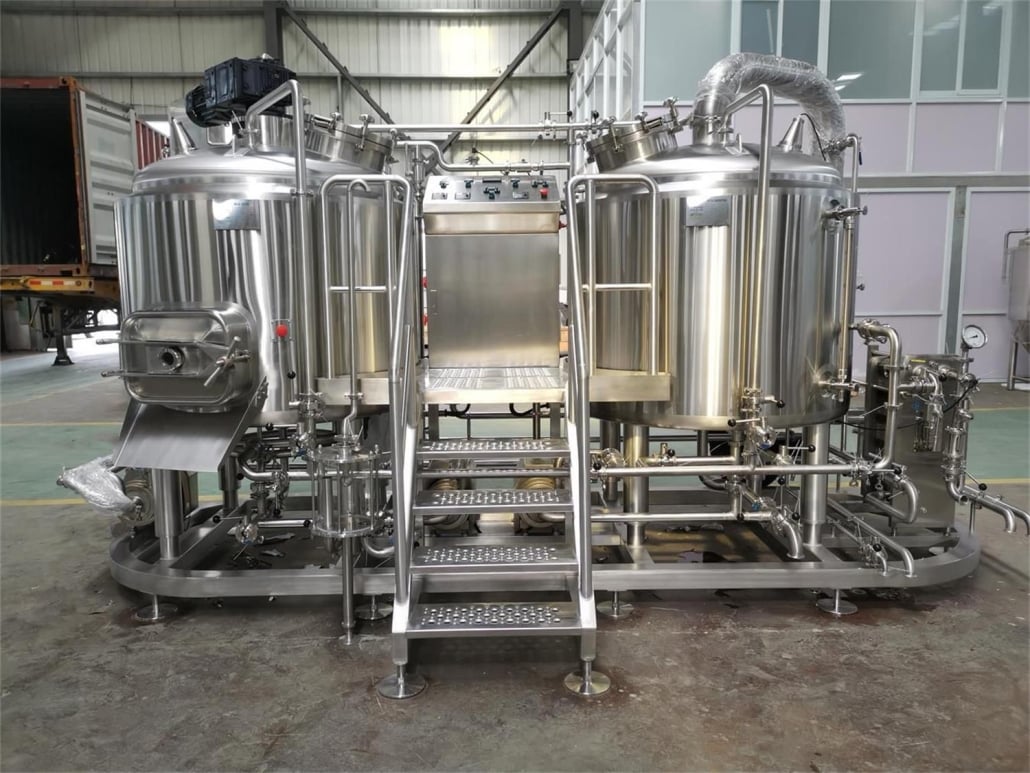
Types of Pilot Brewing Systems
When it comes to choosing the right pilot brewing system, it’s important to consider the different types available on the market. Each type of system has its own unique features and benefits that cater to different brewing needs. In this section, we’ll take a closer look at the three main types of pilot brewing systems and what sets them apart.
Electric Pilot Brewing System
The electric pilot brewing system is a popular choice for small-scale brewing operations. This type of system is powered by electricity, making it a cost-effective option for those who want to keep their energy bills low. It’s also easy to use and requires minimal maintenance, making it a great choice for those who are new to brewing.
One of the main advantages of an electric pilot brewing system is its versatility. It can be used to brew a variety of beer styles, and it’s ideal for experimenting with new recipes. It’s also easy to control the temperature, ensuring consistent results every time.
Gas Pilot Brewing System
A gas pilot brewing system is another popular option, especially for larger brewing operations. This type of system uses natural gas or propane to heat the brewing kettle, making it a more efficient heating method than electricity. This system is also ideal for brewing larger batches of beer.
One of the main benefits of a gas pilot brewing system is its speed. It heats up quickly and is capable of bringing a large volume of liquid to a boil in a short amount of time. This makes it a great choice for breweries that need to produce a high volume of beer quickly.
Steam Pilot Brewing System
The steam pilot brewing system is the most efficient heating method available, making it ideal for large-scale brewing operations. This type of system uses steam to heat the brewing kettle, ensuring that the temperature is consistent throughout the brewing process. It’s also highly versatile and can be used to brew a wide range of beer styles.
One of the main advantages of a steam pilot brewing system is its efficiency. It uses less energy than other types of systems, making it a more environmentally-friendly option. It’s also easy to clean and maintain, ensuring that it lasts for many years.
Choosing the Right Type of Pilot Brewing System
When it comes to choosing the right type of pilot brewing system, it’s important to consider your specific brewing needs. Electric systems are ideal for small-scale brewing operations and those who are new to brewing. Gas systems are ideal for larger brewing operations that need to produce a high volume of beer quickly. Steam systems are ideal for large-scale brewing operations that want to minimize their energy consumption and environmental impact.
No matter what type of pilot brewing system you choose, it’s important to invest in a high-quality system that will last for many years. With the right system in place, you can experiment with new recipes and produce high-quality beer that your customers will love.
How to Choose the Right Pilot Brewing System
- Determine Your Brewing Needs: Before choosing a pilot brewing system, you need to determine your brewing needs. You need to know the number of batches you want to produce per day, the amount of beer you want to produce per batch, and your budget.
- Research and Compare Systems: You need to research and compare different pilot brewing systems to find the best fit for your brewery. Look at the features, quality, and price of different systems to make an informed decision.
- Consider the Cost: The cost of a pilot brewing system is an essential factor to consider. You need to find a system that fits your budget without compromising on quality.
- Check the Quality of Construction: The quality of construction of a pilot brewing system is crucial, as it determines the durability and longevity of the system. Choose a system made of high-quality materials to avoid frequent breakdowns and repairs.
- Evaluate the Level of Automation: The level of automation of a pilot brewing system is another factor to consider. A fully automated system will make the brewing process more efficient, saving you time and labor costs.
- Consider Space Constraints: The amount of space available in your brewery is another factor to consider when choosing a pilot brewing system. You need to ensure that the system fits comfortably in your brewery without taking up too much space.
- Look for a Warranty: When choosing a pilot brewing system, look for a manufacturer that offers a warranty. This will protect you from any defects or malfunctions that may occur.
- Get Recommendations: Talk to other brewers and industry experts to get recommendations on the best pilot brewing systems. They can provide valuable insights and recommendations based on their experience.
- Think about the Future: When choosing a pilot brewing system, think about the future. Consider whether you may want to scale up production in the future and choose a system that can accommodate that growth.
Conclusion
Choosing the right pilot brewing system is crucial to the success of your brewery. You need to consider factors such as capacity, quality of construction, level of automation, cost, space constraints, and warranty. Additionally, you should research and compare different types of pilot brewing systems to find the best fit for your needs. With these factors in mind, you can confidently invest in a pilot brewing system that will help you produce high-quality beer and grow your brewery.
Thank you for reading this blog about Pilot Brewing System. If you’re looking for a high-quality, durable, and easy-to-use Pilot Brewing System, we recommend the brewing equipment brand Yolong Brewtech. Yolong brewing equipment has a good reputation in the market, and their products’ quality and reliability have stood the test of time. To learn more, visit our product page and browse our brewing system products.

